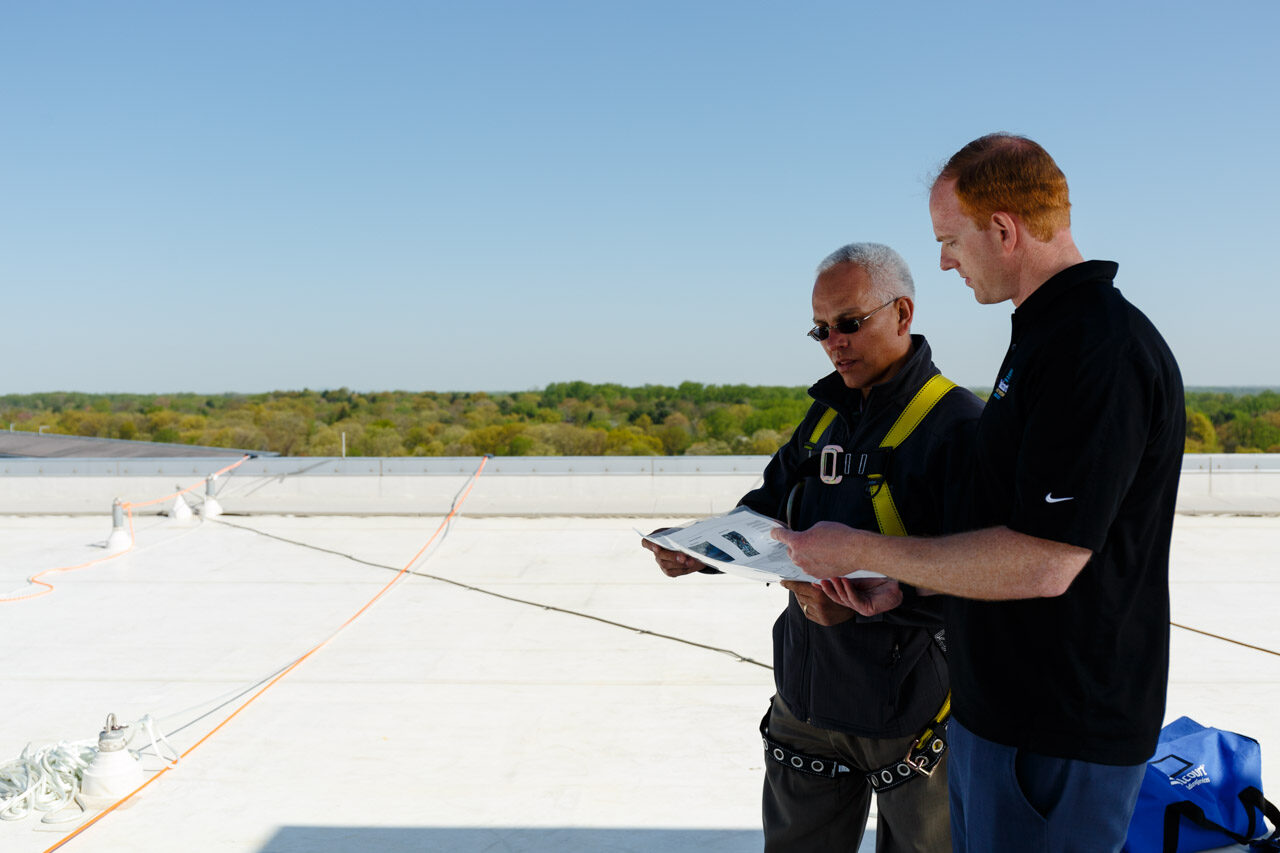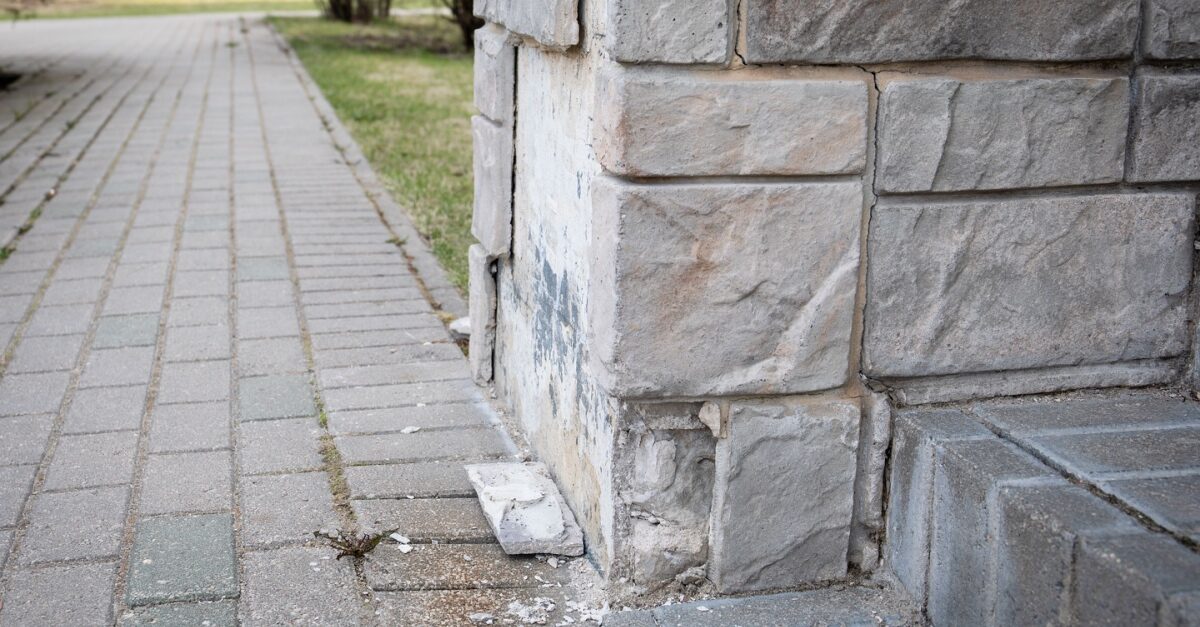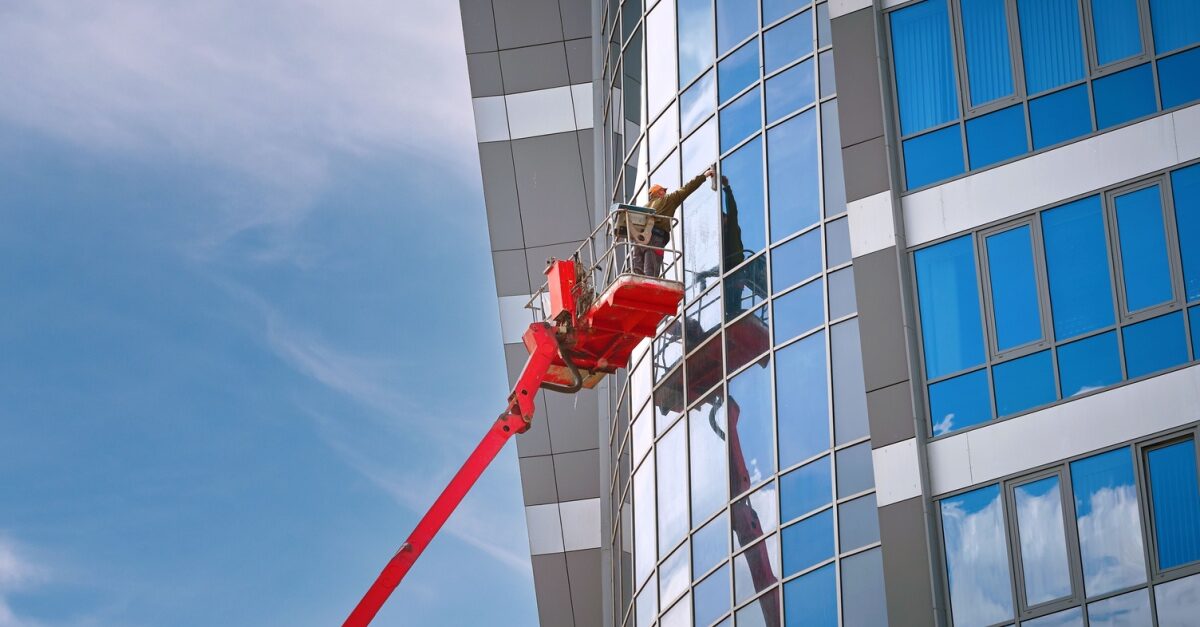Featured Content
Budgeting for Your Building: Waterproofing Essentials
Rainfall patterns across many regions are becoming more intense and unpredictable. For property owners and managers, this shift brings a clear message: waterproofing is no…
Read full article >Contact Us
For More Information or a Quote
"*" indicates required fields




